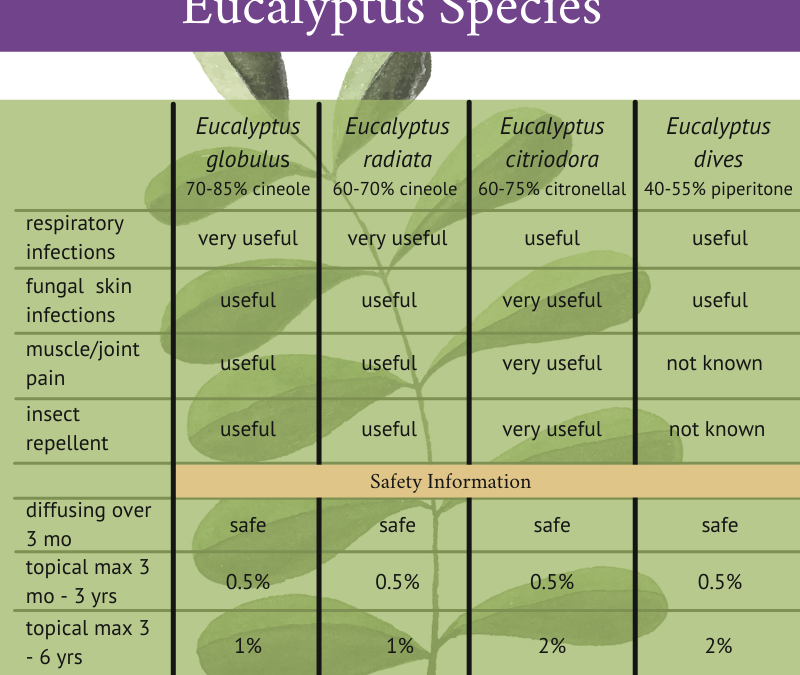
by Hana Tisserand | Apr 19, 2017
These are among the most commonly used Eucalyptus oils in aromatherapy. E. radiata is sometimes said to be “gentler” than E. globulus. It does have a little less 1,8-cineole and has a pleasanter, softer odor, but the difference in terms of safety is almost negligible....
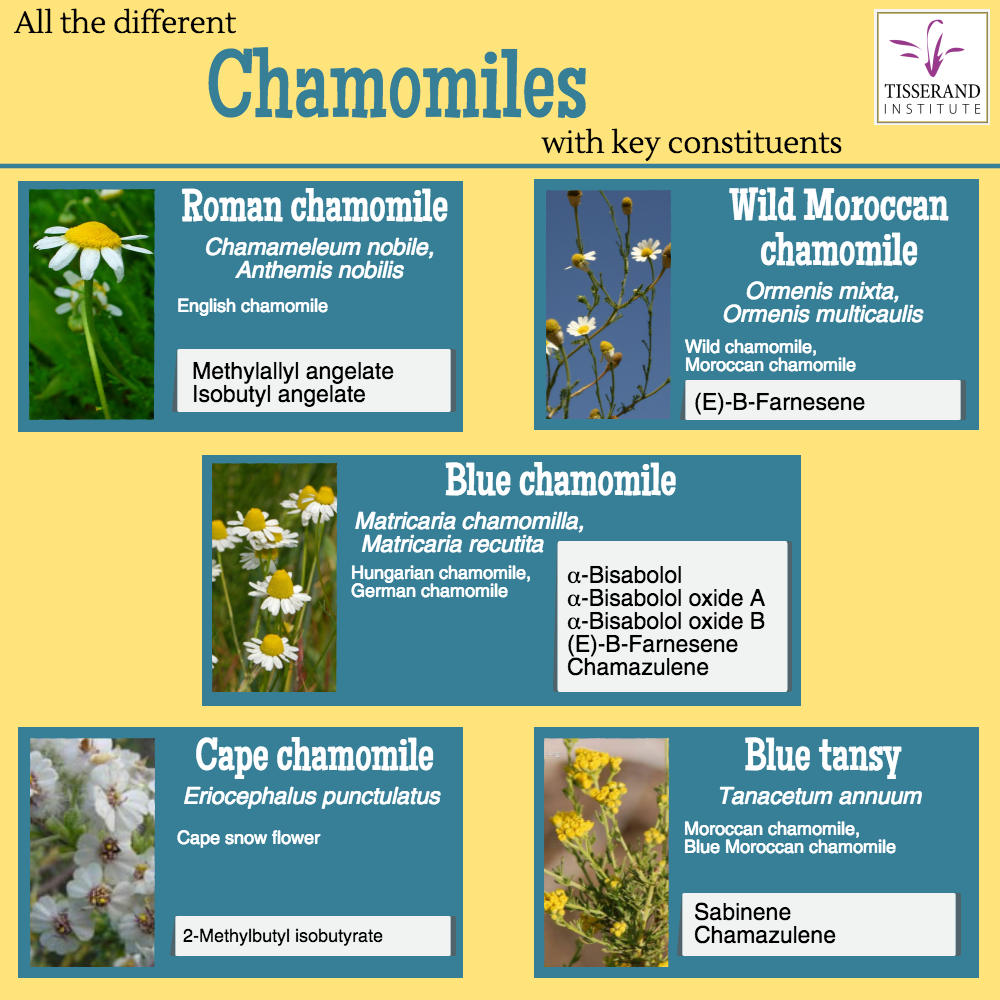
by Hana Tisserand | Apr 2, 2017
Chamomiles can be confusing! Have you ever been puzzled with names of different Chamomile oils? Terms like “Blue chamomile” and “Moroccan Chamomile” may refer to quite different essential oils. That’s why we have botanical names of...
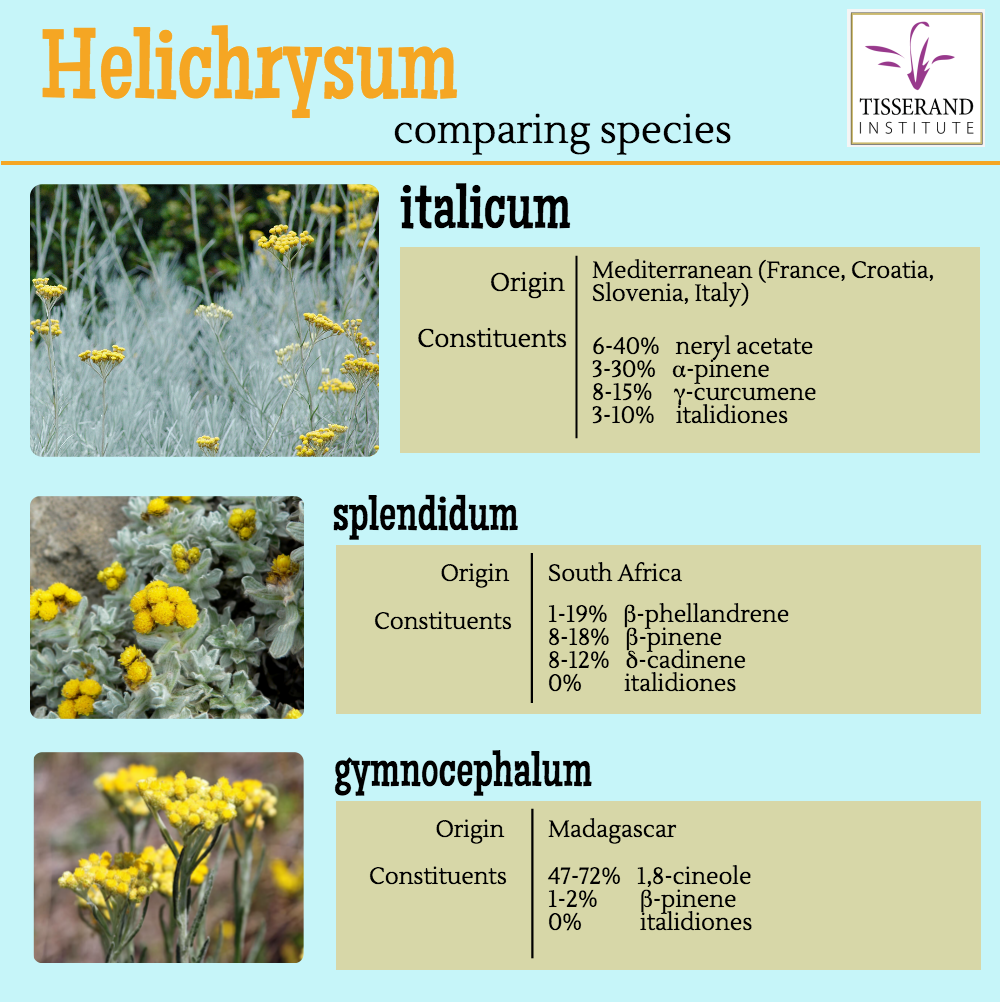
by Hana Tisserand | Mar 27, 2017
Not all helichrysums are created equal – today we compare the three species that are most commonly used for essential oil production. The best known and most sought-after species is Helichrysum italicum. Also known as Immortelle or curry plant, this tiny shrub...
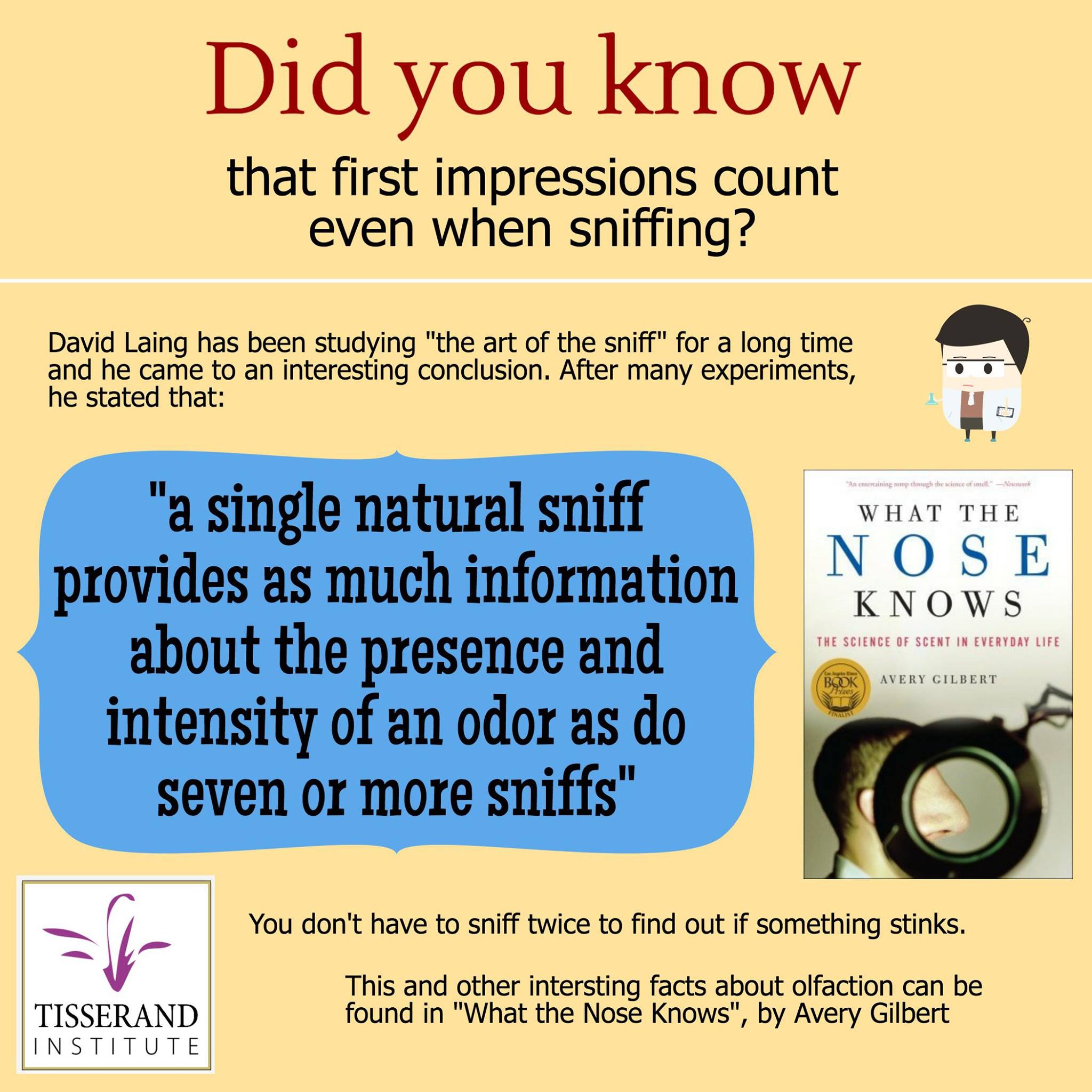
by Hana Tisserand | Mar 13, 2017
It is a truism that first impressions count. What is interesting is that this applies to smelling as much as anything else. In his book, What the Nose Knows, Avery Gilbert talks about the art of the sniff and the science behind it: “David Laing systematically...
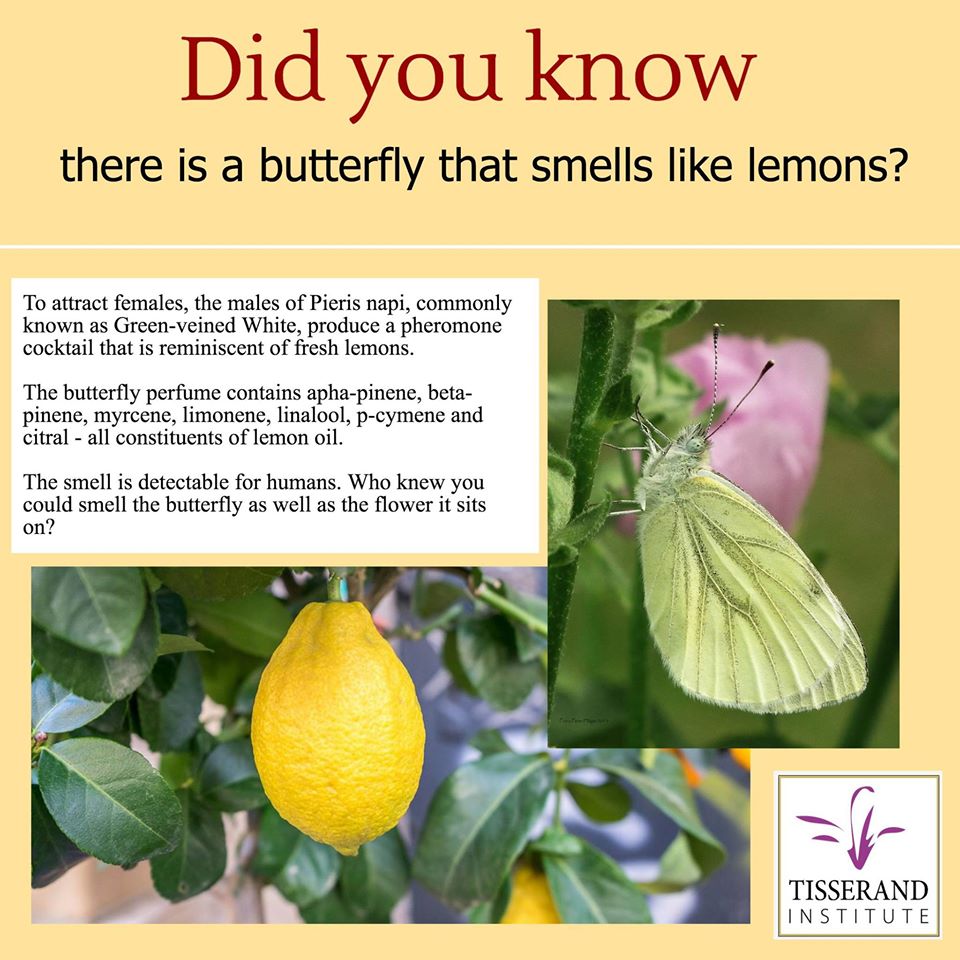
by Hana Tisserand | Mar 8, 2017
To attract females, the males of Pieris napi, commonly known as Green-veined White, produce a pheromone cocktail that is reminiscent of fresh lemons. The butterfly perfume contains apha-pinene, beta-pinene, myrcene, limonene, linalool, p-cymene and citral – all...
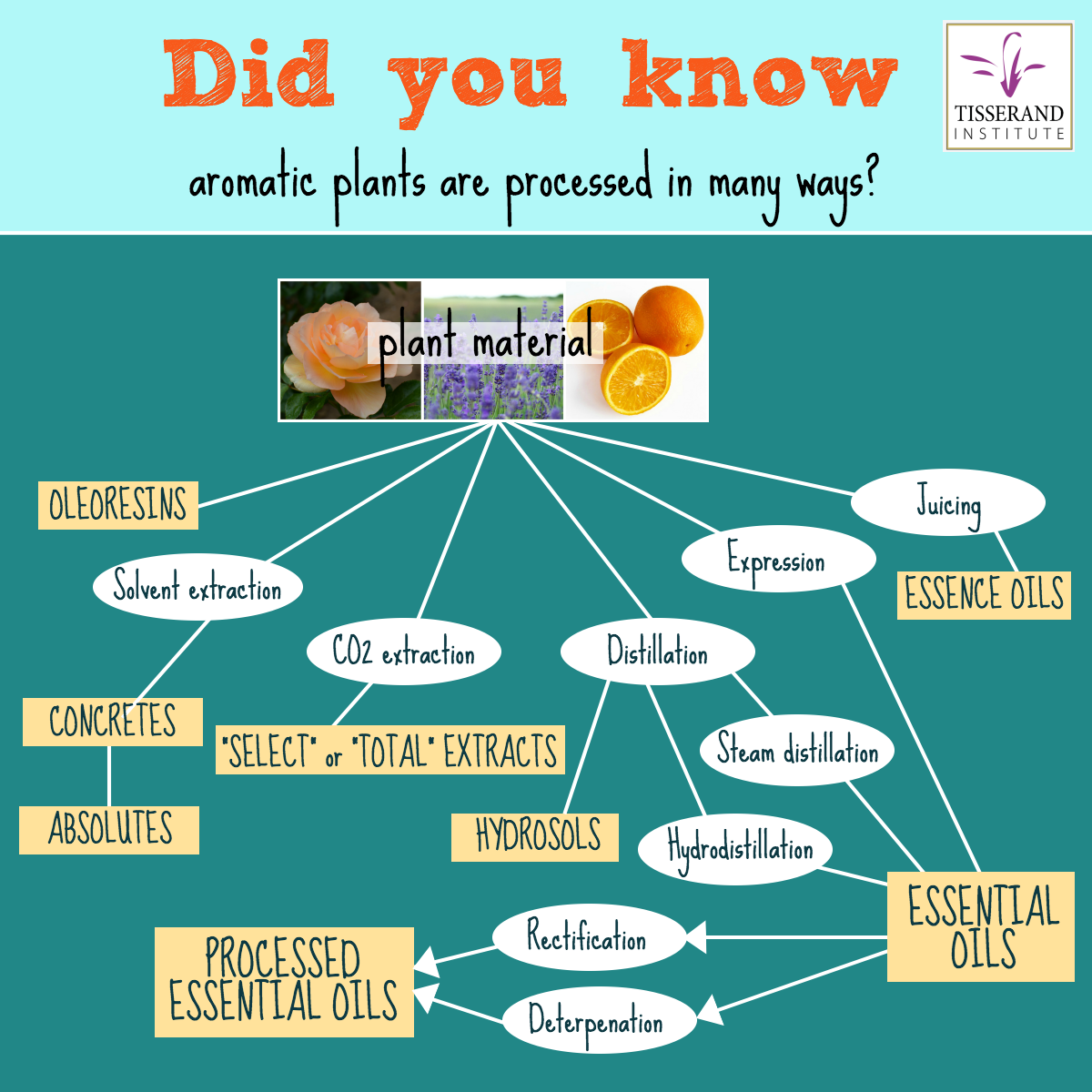
by Hana Tisserand | Mar 8, 2017
Did you know aromatic plants are processed in many different ways? This infographic offers an overview of the most common processes to get aromatic material, which is used in aromatherapy, perfumery and food industry.







